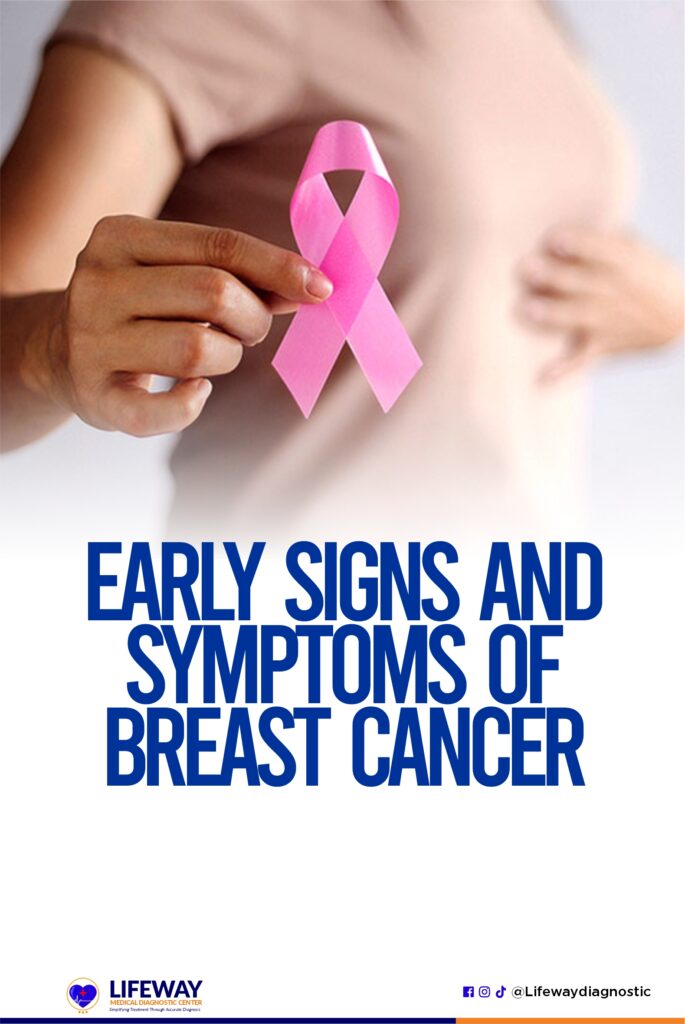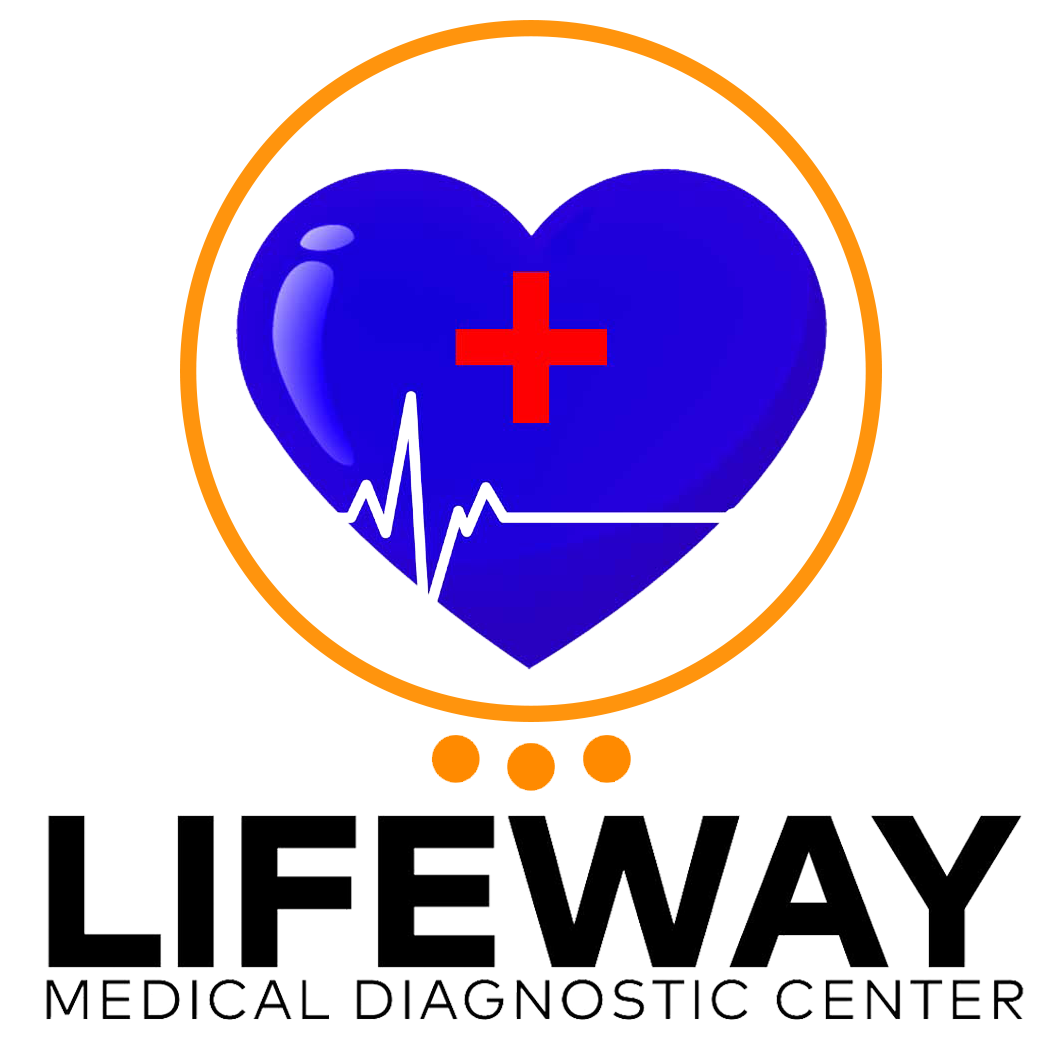Breast cancer is a severe disease that affects thousands of women every year. Early detection is key to an effective treatment, but do you know what signs and symptoms to look out for?

Breast cancer is the most common cancer in women worldwide, and it can affect women of all ages. While the risk of breast cancer increases with age, it is important to be aware of the signs and symptoms even in younger women.
Recognizing the early signs and symptoms of breast cancer can save lives. Regular self-exams, along with screenings and diagnostic tests, are essential for early detection.
In this article, we will discuss some of the key warning signs of breast cancer that every woman should be aware of.
Read: What Causes Shortness of Breath?
What is Breast Cancer?
Breast cancer is a type of cancer that develops in the cells of the breasts. It can occur in both men and women, although it is more common in women.
Breast cancer usually starts in the milk ducts or lobules of the breast tissue and can spread to other parts of the body if not treated early.
Early detection is key when it comes to breast cancer, as it greatly increases the chances of successful treatment. Hence, the importance of a mammogram screening.
Common symptoms include a lump in the breast, changes in breast size or shape, nipple discharge, or skin changes on the breast.
If you suspect any unusual changes in your breasts, it’s important to visit a reputable diagnostic center near you for further evaluation and guidance.
What are the Early Signs and Symptoms of Breast Cancer?
Early detection plays a very important role in the successful treatment of breast cancer. Here are some common early signs and symptoms to be aware of:
1. Breast lump or thickening:
One of the most common early signs of breast cancer is the presence of a breast lump or thickening.
These lumps may feel different from the surrounding breast tissue and can be discovered during a self-examination or by a healthcare professional during a clinical breast exam.
It’s important to note that not all breast lumps are cancerous, but any new lump should be evaluated promptly. If you notice any changes in your breast tissue, consult your doctor for further evaluation.
2. Changes in breast size or shape:
Unexplained changes in breast size or shape can be indicative of breast cancer. Look for swelling, asymmetry, or distortion in the breast.
This could include visible changes in contour or an increase in one breast’s size compared to the other.
These changes may be subtle, so you must be familiar with your normal breast appearance and report any persistent changes to your healthcare provider.
3. Breast pain or tenderness:
Many women experience breast pain or tenderness, which is a common symptom. However, it is important not to overlook persistent or unexplained breast pain.
While breast pain is rarely a sign of breast cancer, it’s important to have it evaluated to rule out any underlying issues.
4. Nipple changes:
Changes in the nipples can also be early warning signs of breast cancer. Look for nipple inversion (when the nipple turns inward), redness, scaliness, or discharge (other than breast milk).
A healthcare professional should assess any persistent changes or abnormalities in the nipples.
5. Skin changes:
Changes in the skin of the breast can indicate the presence of breast cancer. Dimpling, puckering, or thickening of the skin may be observed.
You should evaluate redness or a rash on the breast or nipple area. These skin changes occur when cancer cells affect the structure and elasticity of the skin.
6. Swollen lymph nodes:
Breast cancer can cause the lymph nodes under the arm or around the collarbone to swell.
While swollen lymph nodes can be a sign of various conditions, it’s important to be aware of any persistent, painless swelling in these areas.
If you notice any unusual changes in your lymph nodes, consult with your doctor for further evaluation.
Also Read: Cucumber: Nutritional Content and Health Benefits
Risk Factors of Breast Cancer
Several factors can contribute to an individual’s risk of developing breast cancer. While having one or more risk factors does not guarantee the development of breast cancer, it is essential to be aware of these factors.
Here are some common risk factors associated with breast cancer:
i) Gender:
Being female is the most significant risk factor for breast cancer. Although breast cancer can occur in males, it is much more prevalent in females.
ii) Age:
The risk of breast cancer increases with age. The majority of breast cancer cases occur in women over the age of 50.
iii) Family history and genetics:
Having a close blood relative (such as a parent or sibling) who has had breast cancer increases the risk. Inherited gene mutations, particularly in the BRCA1 and BRCA2 genes, significantly raise the risk of developing breast cancer.
iv) Personal history of breast cancer:
A previous diagnosis of breast cancer increases the risk of developing a new cancer in the same or opposite breast.
v) Hormonal factors:
Prolonged exposure to estrogen and progesterone, such as early menstruation (before age 12) or late menopause (after age 55), can increase the risk.
Additionally, never having been pregnant or having a first pregnancy after the age of 30 may slightly elevate the risk.
vi) Dense breast tissue:
Women with dense breast tissue (as seen on mammograms) have a higher risk of developing breast cancer compared to women with less dense breast tissue.
vii) Lifestyle factors:
Certain lifestyle choices and behaviors can impact breast cancer risk. These include excessive alcohol consumption, tobacco use, lack of physical activity, obesity or overweight, and a high-fat diet.
viii) Radiation exposure:
Previous radiation therapy to the chest for other medical conditions, particularly during adolescence or early adulthood, increases the risk of developing breast cancer later in life.
ix) Environmental and occupational factors:
Exposure to certain chemicals and substances, such as certain pesticides, may increase the risk of breast cancer.
Regular breast cancer screenings and discussions with healthcare professionals can help assess individual risk and develop appropriate prevention and early detection strategies.
Also Read: How To Perform CPR (Cardiopulmonary Resuscitation)
Diagnosis of Breast Cancer
Diagnosis of breast cancer typically involves a combination of medical history review, physical examination, imaging tests, and biopsy.
Here are the steps involved in the diagnosis process:
1) Medical history and physical examination:
The healthcare provider will discuss your medical history, including any symptoms or risk factors. A thorough physical examination of the breasts and nearby lymph nodes will be performed.
2) Imaging tests:
Imaging tests such as mammograms, ultrasounds, or MRI may be ordered to evaluate any abnormalities detected during the physical examination or to screen for breast cancer in individuals without symptoms.
These tests can provide detailed images of the breast tissue to identify any suspicious areas.
3) Biopsy:
If the physical examination or imaging tests detect an abnormality, healthcare providers perform a biopsy to confirm the presence of cancer. There are different types of biopsies, including:
- Fine needle aspiration biopsy: A thin needle is used to extract cells or fluid from the suspicious area for examination.
- Core needle biopsy: A larger needle is used to remove a small sample of tissue from the breast lump or area of concern.
- Surgical biopsy: In some cases, a surgical procedure is needed to remove a larger portion of the suspicious tissue or the entire lump for further examination.
- Pathology analysis: The biopsy samples are sent to a pathology laboratory, where they are examined by a pathologist.
The pathologist analyzes the tissue samples under a microscope to determine if cancer cells are present and provides information about the type and characteristics of cancer. - Staging and further testing: If breast cancer is confirmed, additional tests may be performed to determine the extent or stage of the cancer.
It’s important to note that the diagnosis process may vary depending on individual circumstances. Working closely with a healthcare team and following their recommendations is crucial for an accurate diagnosis and appropriate treatment planning.
Related: Diabetes: Types, Diagnosis, and Prevention
How to reduce breast cancer risk
To help reduce the risk of breast cancer, you can consider implementing the following measures:
- Maintain a Healthy Lifestyle: Regularly exercise, maintain a healthy weight, and limit alcohol consumption. If you choose to drink, limit it to no more than one drink per day.
- Eat a Healthy Diet such as fruits, vegetables, whole grains, nuts, legumes, and protein sources like poultry, fish, beans, and tofu. Also, minimize the intake of sugary foods and drinks.
- Breastfeed if possible.
- Discuss the risks and benefits of hormone replacement therapy (HRT) with your healthcare provider if you are using it for menopausal symptoms. Long-term use of combined estrogen and progestin HRT may increase breast cancer risk.
- Follow recommended guidelines for breast cancer screenings, such as mammograms, clinical breast exams, and self-exams.
- Be aware of your family history of breast cancer and other related cancers.
- Minimize exposure to chemicals that may interfere with hormone function, such as certain pesticides, plastics (BPA), and personal care products containing potentially harmful ingredients.
Early Signs of Breast Cancer-Frequently Asked Questions
Yes, changes such as redness, dimpling, or puckering of the skin can be signs of underlying breast health issues including cancer
Screening guidelines vary by country and organization, but most recommend starting regular mammograms around age 40 or earlier if there is a family history.
While self-exams are no longer recommended as routine practice, being familiar with your body and reporting any changes promptly to your doctor is still important for early detection.
Yes, men can get breast cancer too, although it is less common than in women. It’s important for men to be aware of symptoms like breast lumps, skin changes, and nipple discharge.
Regular self-exams and seeking medical attention for any unusual changes are crucial. Early detection improves outcomes.
Men with a family history or genetic mutations should discuss screening options with their healthcare provider.
Breast cancer is less common in young women but can still happen. Awareness of risk factors, regular self-exams, and screenings are important.
About 5-7% of cases occur in women under 40, so proactive breast health matters at any age.
Factors like family history, genetic mutations (e.g., BRCA1 and BRCA2), and lifestyle choices affect risk. If you have concerns or notice changes in your breasts, consult a healthcare provider.
Conclusion
Early detection of breast cancer greatly increases the chances of successful treatment and improved outcomes.
By familiarizing yourself with the early signs and symptoms discussed in this guide, you can take proactive steps toward maintaining your breast health.
Remember that not all breast changes indicate cancer, but it is essential to consult with a healthcare professional if you notice any persistent or concerning changes.
Regular self-examinations, clinical breast exams, and mammograms are important tools in the early detection of breast cancer.
Spread awareness by sharing this information with your loved ones, empowering them to be proactive about their breast health as well.
Recommendation
- What are the symptoms of Kidney Disease?
- Health Benefits of Clapping Hands
- Health Benefits of Oatmeal
- Glaucoma: Types, Symptoms, Diagnosis, and Treatment
